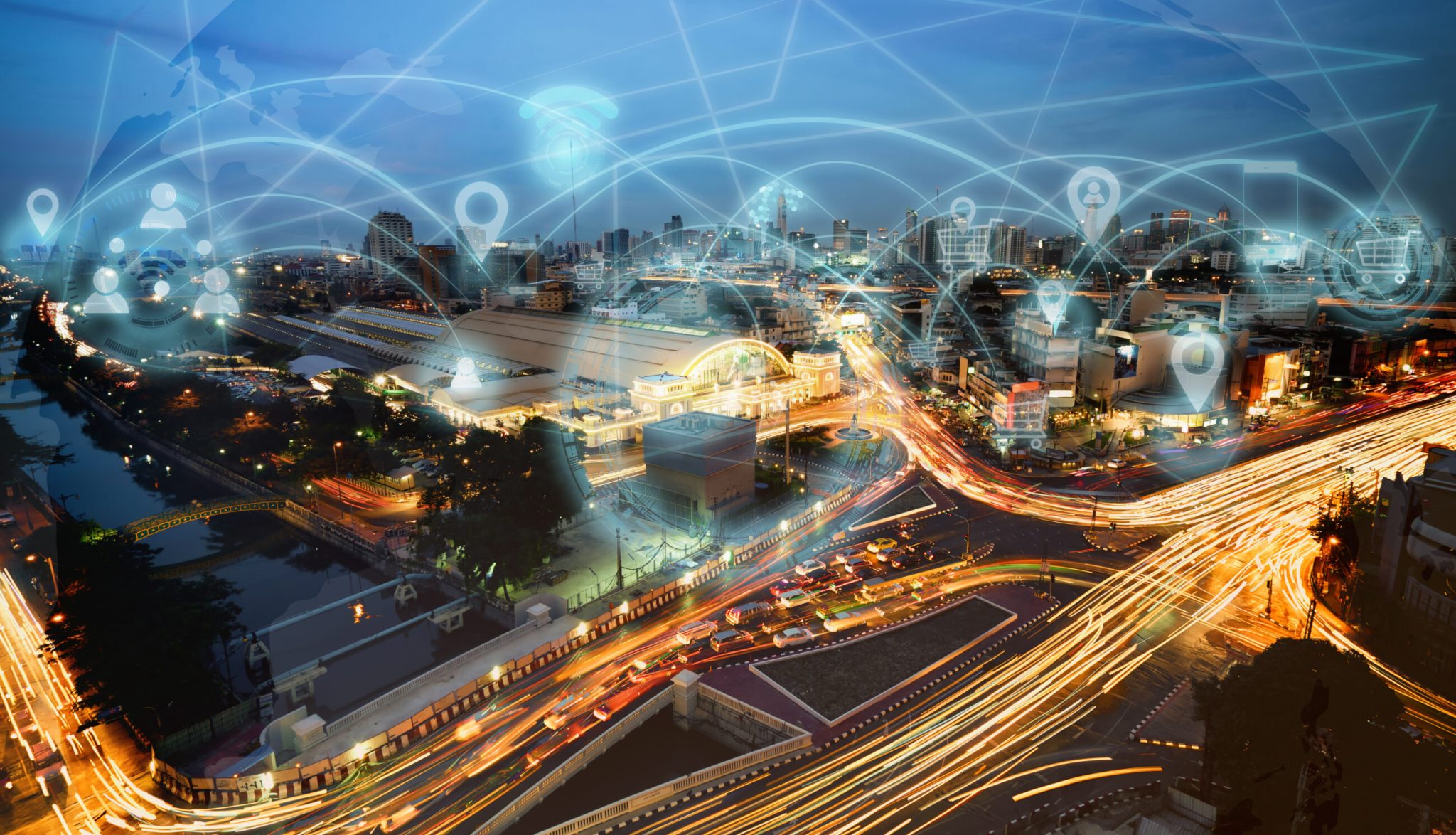
Picture two neighboring cities. Both have grown rapidly over the last decade, with new developments, expanding roads, and a surge in traffic. But that’s where the similarities end.
City A took a proactive approach to managing its public electrical infrastructure. They prioritized timely street light maintenance, modernized their traffic signal installation strategy, and integrated renewable technologies into new projects.
City B? Not so much. Deferred repairs, aging systems, and outdated processes left them scrambling to keep up as their infrastructure struggled to meet rising demand.
The result? A tale of two very different experiences—for commuters, pedestrians, emergency responders, and city staff alike.
The Morning Commute: A Test of Efficiency
In City A, drivers move through intersections with ease. Signals are well-timed and adapt to peak-hour volume. Thanks to real-time traffic signal maintenance alerts, faulty sensors were replaced weeks ago before anyone noticed an issue. Commuters make it to work on time with minimal stops, burning less fuel and spending less time behind the wheel.
Meanwhile, in City B, the scene is chaotic. An outdated controller at a key intersection malfunctions again, flashing red in all directions. There’s no one immediately available to fix it—it wasn’t flagged until this morning. Cars pile up. Frustrated drivers honk as a police officer steps in to manually direct traffic.
What’s the difference? Proactive systems and predictive maintenance versus a reactive scramble.
After Dark: Safety by Design
When night falls in City A, streets remain safely illuminated. The lighting network was upgraded during the city’s last street light installation project. LED fixtures with motion sensors brighten in response to activity and dim during low-traffic hours to conserve energy. Maintenance logs show nearly 98% operational uptime.
In City B, several blocks remain dark. Some lights haven’t worked for weeks, and budget constraints delayed repairs. Street light maintenance here follows a wait-until-it-breaks pattern. Residents in these poorly lit areas walk faster, heads down, avoiding shadows. Cyclists choose alternate routes.
Good lighting isn’t just about visibility—it’s about safety, public confidence, and quality of life.
Emergency Response: Every Second Counts
City A’s smart signals give emergency vehicles green lights along designated corridors. Response times have improved, and the fire department has reported fewer delays at intersections. The traffic signal installation plan included emergency preemption as a standard feature, not an afterthought.
City B? Emergency crews report slower response times in high-traffic areas. Without connected signals or traffic priority, vehicles are forced to weave through congested intersections. Seconds are lost—sometimes minutes. Infrastructure becomes a barrier instead of a support.
This isn’t just about convenience. It’s about critical services operating at their best when lives depend on it.
Environmental Impact: Efficiency vs. Waste
In City A, renewable integration is the norm. Solar-powered street lights line public parks, reducing dependency on the grid. Traffic systems draw from hybrid power sources, and energy use is closely monitored through a central dashboard. These investments were part of the city’s long-term sustainability plan.
City B is still running on legacy systems. Halogen bulbs remain the standard, burning more energy with shorter life spans. Signals are hardwired into the grid, with no redundancy during outages. Emissions rise as traffic idles longer and infrastructure strains under outdated design.
The gap continues to grow—not just in performance, but in environmental responsibility.
The Public Perception Gap
Ask a resident in City A what they think about the city’s infrastructure, and you’ll probably hear something like: “I don’t really think about it. Everything just works.”
That’s the goal.
In City B, infrastructure makes headlines—but not in a good way. Complaints roll in. A failed intersection causes a minor accident. Local businesses push back on frequent outages. The systems designed to keep the city flowing have become daily disruptions instead.
This is where public trust comes into play. Reliable infrastructure builds confidence and reinforces a sense of civic pride. Neglected systems do the opposite.
Behind the Scenes: The Role of Expertise
These two outcomes don’t happen by accident.
City A worked with experienced partners from the start—firms with the foresight to plan for growth, integrate smart technologies, and build resilience into every layer of infrastructure. One of those firms, Lighthouse Transportation Group, supported the city in optimizing project design and ensuring street light and traffic signal maintenance schedules were aligned with future demands.
Their involvement wasn’t about selling hardware—it was about helping the city adapt, streamline, and lead with intelligence.
City B, on the other hand, relied on patchwork upgrades, inconsistent vendor support, and short-term fixes. There was no master plan. No long-range outlook. And over time, the cracks began to show—literally and figuratively.
Lessons Learned: What Cities Can Take Away
Whether you’re managing a bustling downtown corridor or upgrading a rural highway, the principles remain the same:
- Proactive maintenance outperforms reactive repair.
- Smart planning beats temporary fixes.
- Technology is only useful when it’s integrated, maintained, and scalable.
- And investing in the right partnerships can change the entire trajectory of a city’s infrastructure.
With tools like remote monitoring, renewable energy, and intelligent traffic signal installation, cities can stay ahead of breakdowns, budget wisely, and serve their communities more effectively.
Organizations like Lighthouse Transportation Group continue to advocate for holistic strategies—ones that combine reliability, innovation, and long-term value in every project. Because infrastructure isn’t just about hardware—it’s about the people who rely on it every day.
Conclusion: A Choice Every City Must Make
Two cities. Two very different realities. What makes the difference isn’t geography or budget—it’s how infrastructure is managed, maintained, and prioritized.
As cities grow, the demands on public right-of-way systems will only increase. The question isn’t whether these systems will be tested—it’s whether they’ll be ready. Smart infrastructure is no longer optional. It’s essential.
And the path forward is clear: Plan well. Maintain proactively. Think ahead. Partner wisely.
Because when cities choose the right direction, everyone moves forward
